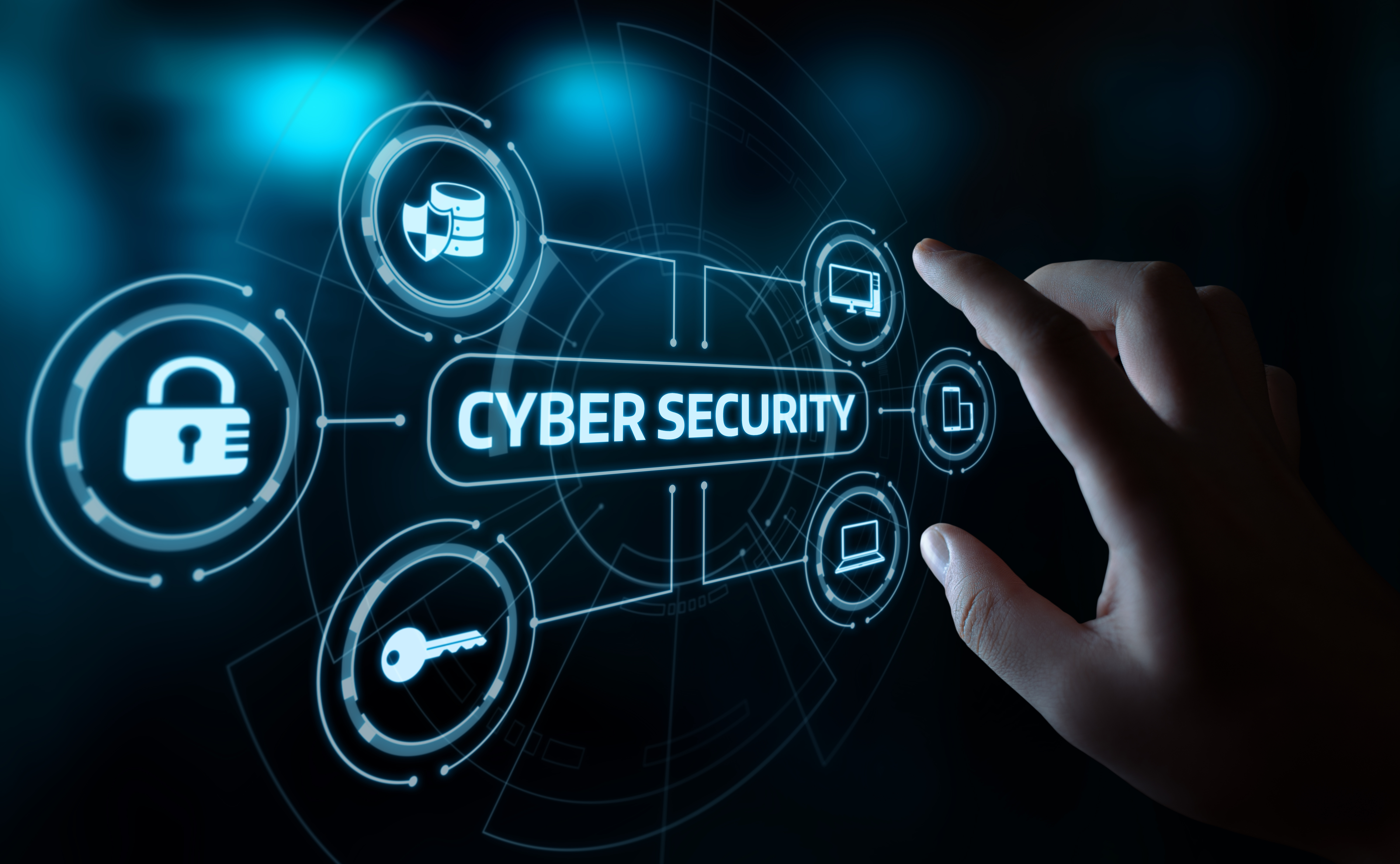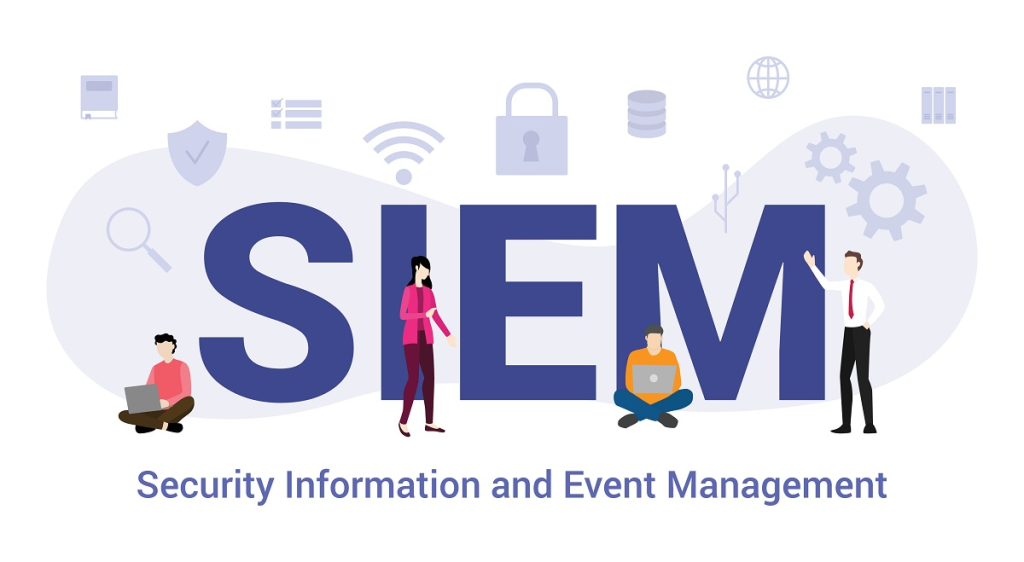Cybersecurity in Logistics: Protecting Supply Chains
As logistics operations become increasingly digital, the risks associated with cybersecurity breaches grow exponentially. Modern supply chains are no longer simple, linear systems—they are dynamic, interconnected networks powered by cloud computing, IoT sensors, real-time analytics, and global data exchanges. While these innovations bring unprecedented visibility and efficiency, they also expose the supply chain to new and evolving cyber threats.
In a landscape where a single attack can disrupt deliveries, expose sensitive data, and cripple business continuity, protecting the digital supply chain is no longer optional—it’s essential.

1. The Growing Threat of Cyberattacks in Logistics
Logistics companies and supply chain partners handle a vast amount of sensitive information, including:
- Customer data and delivery details
- Inventory and warehouse records
- Financial transactions
- Supplier contracts and production schedules
- Real-time GPS tracking and shipment status
This data is a goldmine for cybercriminals. Attacks on transportation companies, ports, and freight platforms have surged in recent years, with ransomware, phishing, and data breaches among the most common threats.
According to IBM’s 2023 Cost of a Data Breach Report, the transportation and logistics sector saw a 15% rise in cyberattacks year-over-year, with an average cost per breach exceeding $4 million. And it’s not just large enterprises—small and mid-sized logistics providers are increasingly targeted, often due to weaker security defenses.
2. Why Logistics Is Especially Vulnerable

Several factors make the logistics industry a prime target for cybercrime:
A. Highly Interconnected Ecosystem
Logistics operations rely on collaboration between multiple players—shippers, freight forwarders, customs agencies, carriers, and warehousing partners. This creates a broad digital attack surface, with each connected party representing a potential entry point for hackers.
B. Legacy Systems and Patchy Upgrades
Many logistics firms still run on outdated IT systems, making them more vulnerable to exploits. Software patching often lags due to system complexity or fear of disrupting operations.
C. Lack of Cybersecurity Awareness
While physical security has long been a focus in logistics, cybersecurity is often underfunded or overlooked. Employee training is inconsistent, and many firms lack dedicated cybersecurity teams or clear incident response plans.
D. Time-Critical Operations
Hackers know that logistics is time-sensitive. A ransomware attack that halts warehouse operations or seizes shipment tracking data creates immense pressure to pay quickly, making logistics firms more likely to meet attackers’ demands.
3. Types of Cyber Threats in the Logistics Sector

Understanding the threat landscape is the first step toward building resilience. Common attack types include:
- Phishing and social engineering: Trick employees into revealing credentials or downloading malware
- Ransomware: Encrypt systems and demand payment for data restoration
- Distributed denial-of-service (DDoS): Overwhelm logistics platforms to cause downtime
- Supply chain attacks: Breach a third-party partner to gain access to the entire network
- IoT exploitation: Hack vulnerable smart sensors or tracking devices to manipulate or steal data
In one notable example, a global shipping giant experienced a ransomware attack in 2017. The estimated cost over $300 million in lost revenue and recovery expenses.
4. How to Protect Sensitive Data in Digital Supply Chains

Cybersecurity in logistics requires a layered, proactive strategy that includes technology, process, and people. Here’s how organizations can protect their digital supply chains:
A. Implement Strong Access Controls
Use multi-factor authentication (MFA) and role-based access controls to ensure that only authorized users can access sensitive systems and data.
B. Encrypt Data in Transit and at Rest
Apply end-to-end encryption for all data flowing through the supply chain—whether it’s shipment tracking info, supplier contracts, or financial transactions.
C. Update and Patch Systems Regularly
Maintain a robust patch management program to address software vulnerabilities quickly. Outdated systems are prime targets for cybercriminals.
D. Monitor Networks in Real-Time
Deploy Security Information and Event Management (SIEM) tools and intrusion detection systems to monitor network traffic, detect anomalies, and respond to threats in real time.

E. Vet Third-Party Partners
Third-party vendors should meet strict security standards. Conduct regular risk assessments and audits of all supply chain partners.
F. Train Employees
Invest in regular cybersecurity awareness training. Employees should be able to recognize phishing attempts, follow secure password policies, and understand reporting protocols.
G. Develop an Incident Response Plan
Prepare for the worst with a detailed incident response and recovery plan. The faster you can detect, contain, and recover from an attack, the less damage it will cause.
5. The Role of Emerging Technologies

Emerging tools are transforming cybersecurity in supply chains:
- Blockchain offers tamper-proof data logging and improved traceability
- AI and machine learning help detect abnormal behavior and potential breaches
- Zero Trust Architecture (ZTA) ensures that no user or system is trusted by default, reducing lateral movement within the network
These technologies, when combined with strong governance, can significantly raise the cybersecurity baseline across the logistics industry.
6. Conclusion: A Secure Supply Chain Is a Competitive Advantage
Digital transformation in logistics brings massive benefits—faster delivery, real-time visibility, and smarter inventory control. But it also requires a parallel investment in cybersecurity.
Protecting sensitive data isn’t just about compliance—it’s about ensuring continuity, trust, and long-term competitiveness. Organizations that proactively secure their digital supply chains will not only withstand disruptions better but also build stronger relationships with partners and customers.
In today’s hyper-connected world, a secure supply chain is no longer a back-office function—it’s a front-line defense.
Industry Insights
news via inbox
Nulla turp dis cursus. Integer liberos euismod pretium faucibua








